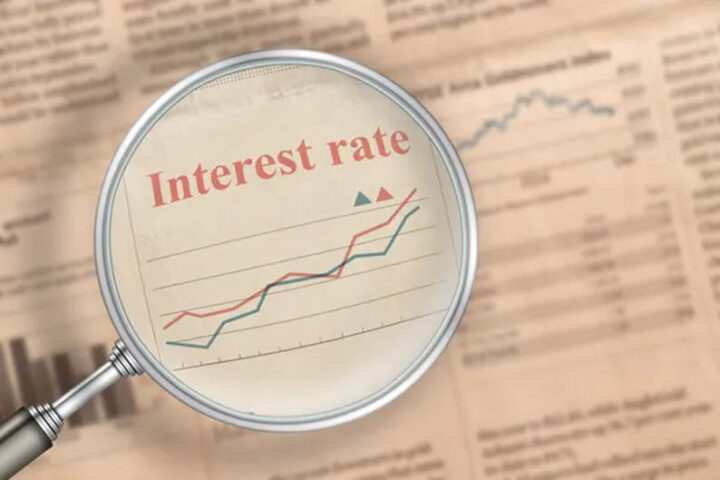By Craig Erlam
Markets saw choppy trading on Friday, heading into the weekend amid a flurry of economic data from across Europe.
Things got underway with a plethora of PMI readings, although most were revised figures that aren’t typically subject to large revisions, meaning the market impact is relatively minimal.
The euro area inflation data was always going to be Friday morning’s headliner and considering the market reaction, it was taken quite well. On the face of it, it looks like a mixed bag with the headline number hitting a new record – 8.6% – higher than expected, while the core reading falling marginally to 3.7%, a positive surprise given it was expected to rise a little.
One could argue that the core number was flattered by fiscal measures in Germany, such as temporary reductions in rail fares. That was known ahead of the release which is, perhaps, why investors were happy to brush off the increase in the headline number. As is the case in most parts of the world, energy and food inflation remain a major driver overall.
In terms of what this means for the ECB, the answer is very little. It would have taken something far more substantial for markets to price in a 50 basis point hike in a few weeks. That said, like everyone else, we’ll be paying very close attention to comments from policymakers in the interim for any indication that a super-sized lift-off is on the cards.
The US takes us into the weekend with PMI data of its own, starting with the final S&P Global PMI – which is expected to be unchanged – and then the ISM manufacturing PMI which is widely followed.
The expectation is a dip from 56.1 to 54.6 and a sharper decline could send markets into the weekend on a negative note.
Oil higher amid supply outages
Oil prices edged higher again on Friday after paring gains over the last couple of days.
With OPEC+ opting to raise production by 648,000 bpd again in August, but not comment beyond that, there is a cloud of uncertainty over the supply side again. Not that the group has delivered on its prior promises.
Perhaps US President Joe Biden can convince Saudi Arabia and others to utilise what spare capacity they have during his trip to the Middle East this month, although past efforts haven’t been particularly successful.
Outages in Libya as a force majeure was called at the Es Sider and Ras Lanuf ports, and El Feel oilfield, means exports have fallen by around two thirds.
Meanwhile in Norway, strike action next week could hit production by around 4%. The tight market is here to stay and the only real case for significant price declines is a recession, sadly.
Gold finally breaks out
My gold commentary has been getting shorter and shorter over the weeks as there’s only so many ways to say it’s still rangebound around $1,830. So, I was interested to see it breaking below $1,800 Friday morning as the dollar eyed its mid-June peaks.
The greenback has done well against the backdrop of much higher interest rates, very aggressive tightening expectations and risk aversion. A weekly close below $1,800 could spell trouble for the yellow metal.
Worrying weekend for bitcoin
Speaking of trouble, bitcoin is facing a challenging weekend.
An 8% decline on Thursday saw it crash below $20,000 – a hugely significant level – before finding some support around $18,500.
A rally early on Friday was quickly rejected and BTC has since given up the bulk of those gains to trade back around $19,000. That is a big double blow for bitcoin in a very short period of time which could be troublesome going into the weekend.
Craig Erlam is Senior Market Analyst, UK & EMEA at OANDA
Opinions are the author’s, not necessarily that of OANDA Global Corporation or any of its affiliates, subsidiaries, officers or directors. Leveraged trading is high risk and not suitable for all. Losses can exceed investments.








